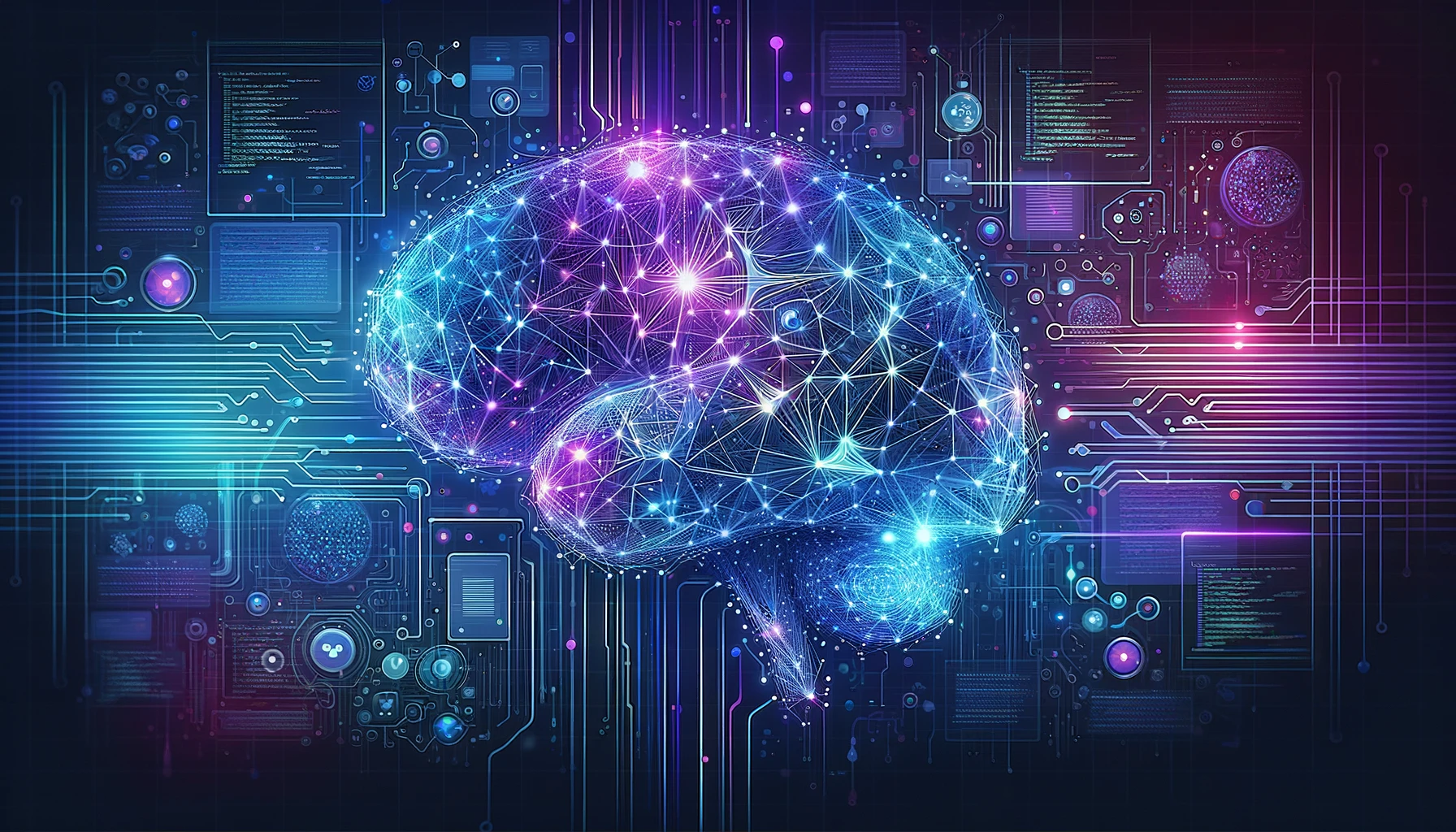ChatGPT, developed by OpenAI, represents a significant leap in conversational artificial intelligence. This model, designed to interact in a dialogue format, is capable of answering follow-up questions, admitting mistakes, challenging incorrect premises, and rejecting inappropriate requests. This article delves into the intricacies of ChatGPT, its development, capabilities, and potential impact.
What is ChatGPT?
ChatGPT is a sophisticated AI model trained to engage in conversational exchanges. It’s a sibling model to InstructGPT and is designed to provide detailed responses based on instructions in a prompt. The model’s dialogue format allows for dynamic interactions, making it a powerful tool for various applications.
Development and Training of ChatGPT
ChatGPT was trained using Reinforcement Learning from Human Feedback (RLHF), similar to InstructGPT but with modifications in data collection. The training involved human AI trainers playing both sides of a conversation, with the model learning to respond appropriately. This approach, combined with the InstructGPT dataset, resulted in a highly responsive and adaptable AI model.
Capabilities of ChatGPT
ChatGPT’s capabilities include:
- Answering Follow-up Questions: It can maintain context and provide coherent responses over a series of exchanges.
- Admitting Mistakes: The model can recognize and correct its errors.
- Challenging Incorrect Premises: It can identify and address incorrect assumptions in user queries.
- Rejecting Inappropriate Requests: ChatGPT is programmed to refuse harmful or unethical instructions.
Limitations and Challenges
Despite its advanced capabilities, ChatGPT faces challenges:
- Generating Incorrect or Nonsensical Responses: The model can sometimes produce plausible but incorrect answers.
- Sensitivity to Input Phrasing: ChatGPT’s responses can vary significantly based on slight changes in query phrasing.
- Verbosity and Repetition: The model tends to be overly verbose and repetitive, reflecting biases in its training data.
Safety and Ethical Considerations
OpenAI has implemented safety measures to reduce harmful and untruthful outputs. These include the Moderation API, which helps filter unsafe content. However, the system is not perfect, and ongoing efforts are being made to enhance its safety features.
Iterative Deployment and User Feedback
ChatGPT’s development follows OpenAI’s iterative deployment approach, with each version building on the lessons learned from previous models. User feedback plays a crucial role in identifying and addressing issues, ensuring continuous improvement of the model.
Conclusion
ChatGPT stands as a testament to the rapid advancements in conversational AI. Its ability to interact, learn, and adapt makes it a groundbreaking tool with the potential to transform how we interact with AI systems. As OpenAI continues to develop and refine this technology, ChatGPT is poised to become an even more integral part of our digital landscape.
Top 5 Key Takeaways
- Innovative Conversational AI: ChatGPT represents a significant advancement in AI’s ability to engage in meaningful dialogue.
- Comprehensive Training: The model’s training involves sophisticated techniques to ensure versatile and accurate responses.
- Broad Range of Applications: ChatGPT’s conversational format makes it suitable for diverse use cases.
- Acknowledging Limitations: OpenAI recognizes ChatGPT’s current limitations and is actively working to address them.
- Importance of User Feedback: User interactions and feedback are vital in refining and enhancing ChatGPT’s capabilities.

